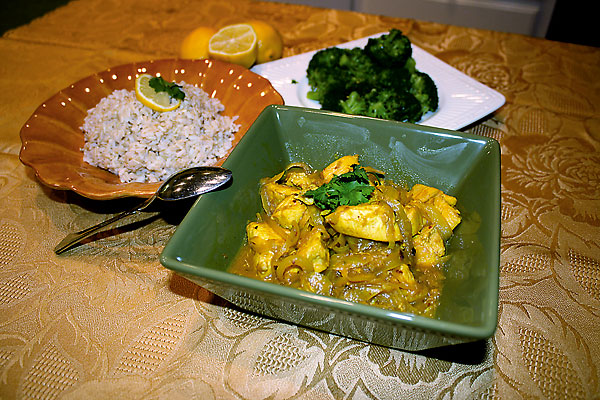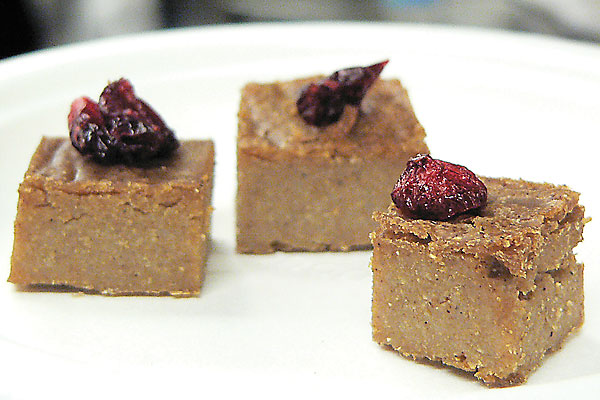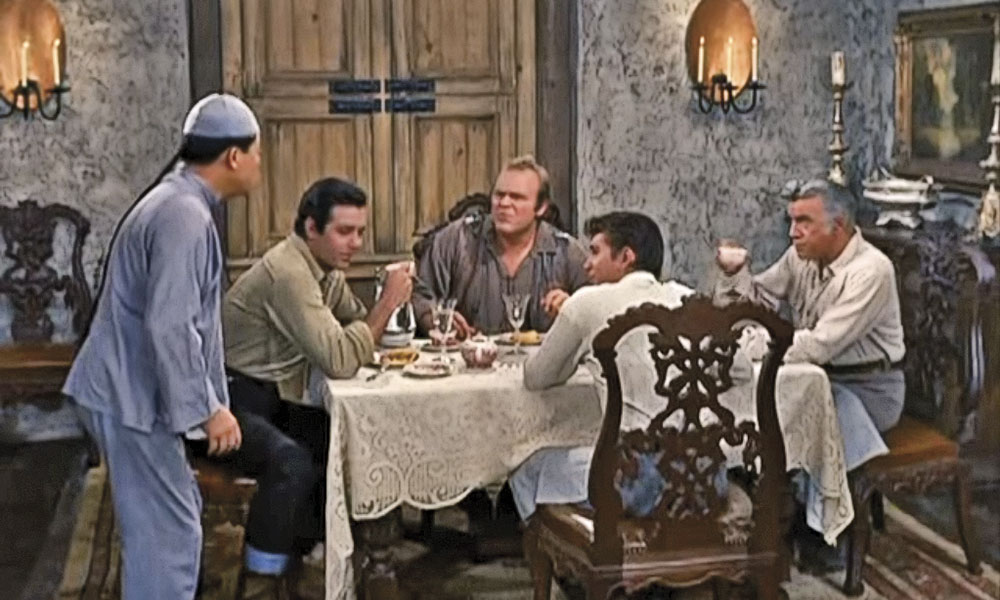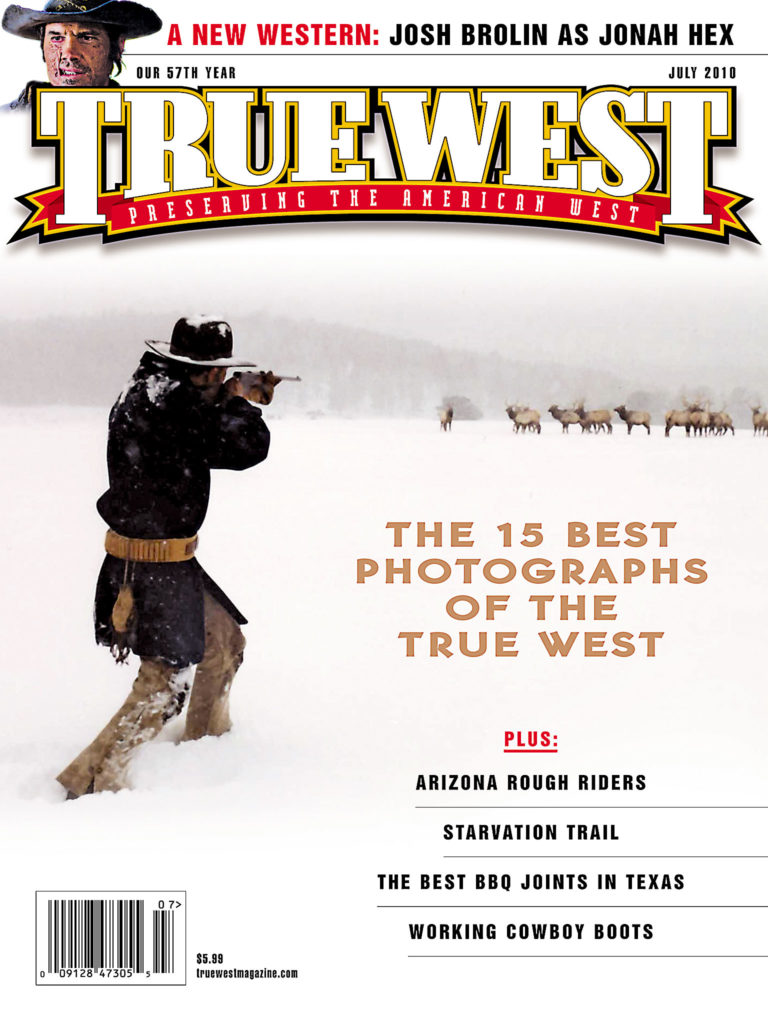
“Those were exciting days. A regular pageant of non-descript people, coming and going, all the time.
“I have but to close my eyes to live it all over again…. The sing-song voices of vendors crying, ‘tamales, tortillas, dulces!,’” recalled pioneer Humboldt Casad, who arrived in Mesilla, New Mexico, in 1874.
The Wild West, like America itself, was a melting pot of nationalities. People from all over the world called the West home. The pioneers hailed from every continent and brought their native recipes with them. People in the Victorian era felt it trendy to relish in all things exotic. Houses were decorated with imported treasures, and tables were graced with foreign meals—both at home and in the restaurant.
Some Western towns also embraced the food of their new region, while others rejected it as peasant food. For instance, restaurants in Tombstone, Arizona, rejected Mexican food and offered only Victorian fare.
While Montana is not known for ethnic Mexican fare, the townspeople in 1898 enjoyed it just the same. Grocers MacCallum and Cloutier of Anaconda advertised, “Chicken Tamales, delicately prepared from the original Mexican recipe.” They noted they were a great “fad” in the East at 5 o’clock tea, and “Just the right thing for the lunch bucket.” At 20 cents for a half-pound can or 35 cents for a one-pound can, who could pass them up?
European meals were more the norm than a fad, and menus often carried fare such as Italian-style macaroni, Irish stew and scores of French dishes. This was largely because so many pioneers hailed from Europe. Restaurant menus often reflected the owner or chef’s nationality.
Many Western pioneers longed for food from their hometowns within the United States. Town celebrations and their restaurants would offer New England suppers and Southern dinners. In 1896 the Bethel African Methodist Church in Portland, Oregon, offered just such a meal. The newspaper headline read, “Southern Dinner and Entertainment: The dinner will be prepared by Southern colored cooks….” The menu featured many Southern specialties, including gumbo, sweet potatoes, turnips and corn bread. Desserts included American Pie and anti-English pudding with Cleveland sauce, which were prepared by the Daughters of America.
Turkish delight, which is a confection similar to marshmallow, and Indian curry were hot trends during the late 1800s all over America, including the West. Newspapers in Kansas, Idaho, Oregon, Missouri, North Dakota and California posted stories and printed recipes for curry. Some stories included descriptions of what curry was, its origins, various recipes and a variety of other curry-related topics. Be exotic and try your hand at curry by making the “Chicken Curry, Bengal-Fashion” recipe, printed in the San Francisco Bulletin on November 3, 1883.
Chicken Curry, Bengal-fashion
1 small chicken, cut into pieces, or 4 boneless chicken breasts
3 T. butter
1 onion, thinly sliced
2-3 T. Curry Paste (see below recipe)
Juice of ½ of a lemon
Melt the butter at medium high heat and lightly brown the chicken on both sides. Remove and set aside. Fry the onion in the leftover butter over medium low heat until golden.
Add the Curry Paste mixture and cook uncovered for 10 minutes. Add the chicken and lemon juice and cook uncovered for another 20 minutes or until the chicken is no longer pink.
Serve with rice and a spoon. It is not proper to eat curry with a fork.
***
—San Francisco Bulletin, November 3, 1883
Curry Paste
½ oz. ground coriander
2 garlic cloves
1 tsp. turmeric
½ tsp. red pepper flakes
½ tsp. cinnamon
4 slices fresh ginger
½ cup finely diced onions
Combine all the ingredients in a mortar and crush with a pestle. Add this to one cup
of chicken stock and set aside until ready to use.
***
—Idaho Register, October 14, 1892






